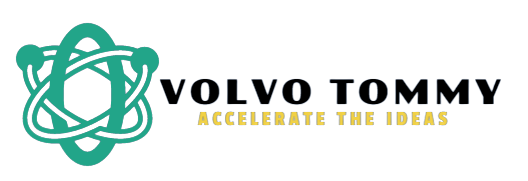In today’s fast-paced business environment, executives are constantly seeking ways to improve their organization’s efficiency and productivity. One way to achieve this is by implementing an Enterprise Resource Planning (ERP) system. ERP software integrates multiple business functions into one centralized database, streamlining processes and providing real-time data visibility. But what does it take to excel in ERP implementation? This comprehensive guide will unveil the key factors executives need to consider for ERP excellence.
Attention:
Before diving into the world of ERP, it is crucial for executives to understand its potential impact on their organization. Implementing an Starter ERP system requires careful planning, customization, training, and change management efforts. It may seem daunting at first glance, but with proper guidance and a strategic approach, achieving ERP excellence is within reach.
Interest:
To ensure a successful ERP implementation, executives must begin by defining clear objectives and aligning them with their organization’s overall strategy. They should also conduct a thorough analysis of current processes and identify areas that can benefit from automation or optimization through the use of an integrated system.
Desire:
Once executives have identified their goals for implementing an ERP system, they must carefully select the right solution provider that best fits their organizational needs. Factors such as industry expertise, scalability options, user-friendliness of the software interface should be considered during the selection process.
Executives also need to allocate sufficient resources in terms of budgeting and staffing for effective project management during all phases of implementation – from planning and design through testing and deployment.
Action:
Having selected the right solution provider and allocated necessary resources for project management facilitates smooth execution during implementation. Executives need to involve stakeholders across various departments within the organization – including finance, operations manufacturing/supply chain management – actively throughout every stage of implementation.
Regular communication with employees at all levels regarding systemic changes can help mitigate resistance or fear associated with adoption as well as promote buy-in across teams.
Training programs should be designed and implemented to ensure everyone within the organization is adequately equipped with the knowledge and skills needed to maximize the system’s potential.
In conclusion, achieving ERP excellence requires careful planning, goal alignment, selecting the right solution provider, effective project management, stakeholder involvement, and thorough training. By following this comprehensive guide for executives, organizations can streamline their processes and achieve enhanced efficiency and productivity through successful ERP implementation. The benefits of an optimized ERP system extend beyond cost savings – it empowers businesses to make data-driven decisions in real-time while adapting seamlessly to market fluctuations. So embrace ERP excellence today for a stronger future tomorrow!

